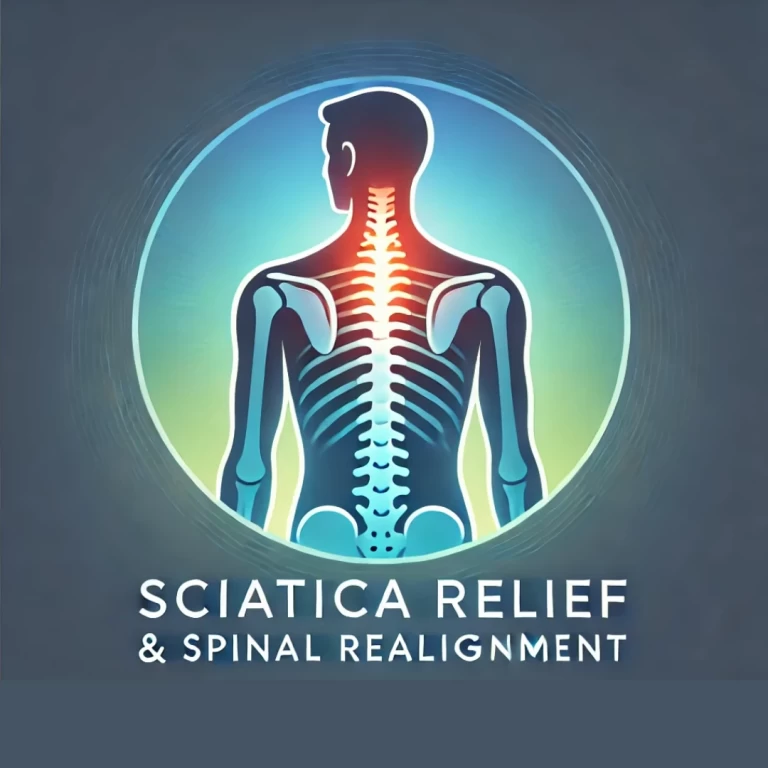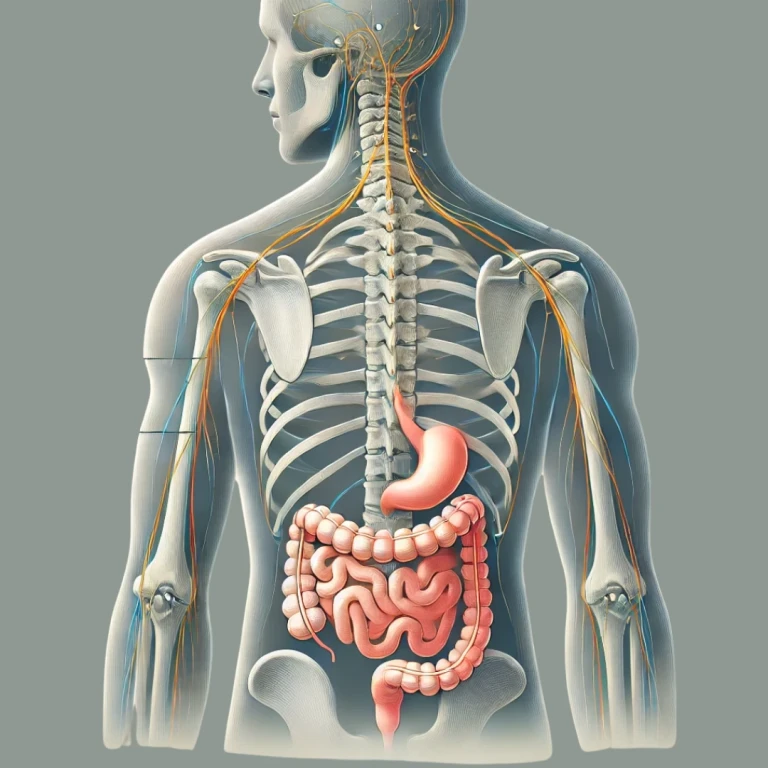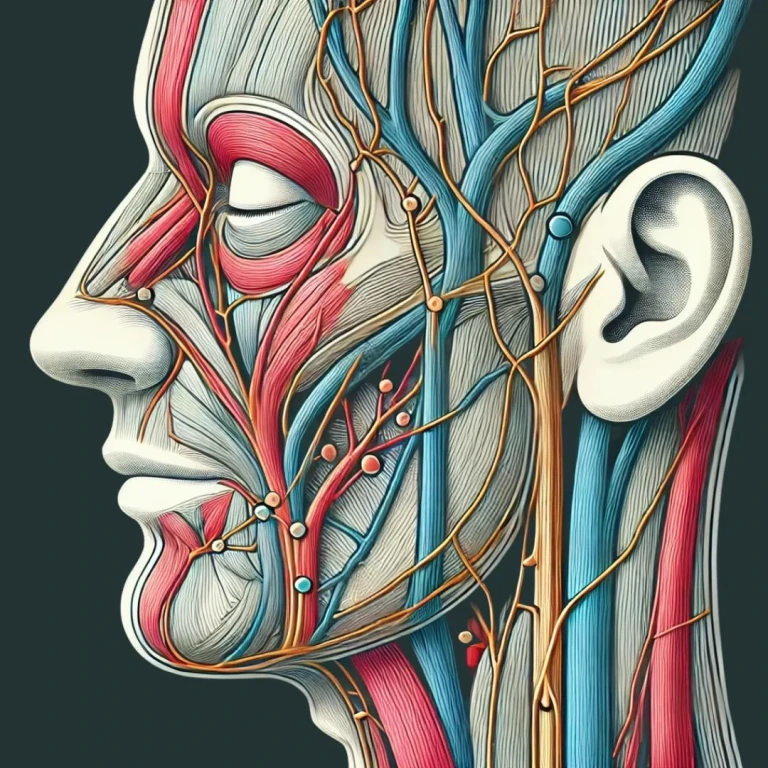
Reducing Sciatica Pain Through Spinal Realignment
Sciatica is a common condition characterized by pain radiating along the path of the sciatic nerve, which runs from the lower back through the hips and down each leg. While sciatica is often associated with issues in the lumbar spine or pelvis, the role of the upper cervical spine in this condition is frequently overlooked. Misalignments in the atlas (C1) and axis (C2) vertebrae can have a profound structural and neurological impact on the entire spine, contributing to muscle imbalances, postural misalignments, and sciatic nerve irritation.
By downloading the Digital Patient Chart mobile app you can better control your patient portal.
This article explores how upper cervical chiropractic care can reduce sciatica pain by addressing root causes in the upper cervical spine, improving alignment, and restoring nervous system function.
What Causes Sciatica?
Sciatica occurs when the sciatic nerve, the largest nerve in the body, becomes irritated or compressed. Common causes of sciatica include:
- Herniated discs in the lumbar spine.
- Spinal stenosis, which narrows the spaces in the spine.
- Pelvic misalignment, leading to uneven pressure on the sciatic nerve.
- Muscle imbalances, such as tightness in the piriformis muscle (piriformis syndrome).
While these issues are often localized in the lower back and pelvis, their origins may trace back to structural misalignments in the upper cervical spine.
The Upper Cervical Spine’s Role in Spinal Alignment
The upper cervical spine consists of the atlas (C1) and axis (C2) vertebrae, which support the skull and protect the brainstem. This region is highly mobile, allowing for a wide range of head movements, but it is also more prone to misalignments due to trauma, poor posture, or repetitive stress.
How Upper Cervical Misalignments Affect the Entire Spine
When the atlas and axis are misaligned, the rest of the spine compensates to maintain balance and keep the head level. This can lead to:
- Postural imbalances: Uneven shoulders, tilted hips, or uneven leg lengths.
- Increased stress on the lumbar spine and pelvis: Misalignments in the upper cervical spine cause a domino effect, leading to compensatory shifts in the lower back and pelvis, where the sciatic nerve is located.
By addressing misalignments at the top of the spine, upper cervical chiropractic care restores balance and reduces stress throughout the spinal column, alleviating pressure on the sciatic nerve.
The Brainstem and Its Role in Muscle Tone
The brainstem, housed within the upper cervical spine, is a critical control center for the autonomic nervous system and muscle tone regulation. When the atlas is misaligned, it can place pressure on the brainstem, leading to:
1. Abnormal Muscle Tone:
The brainstem regulates muscle tone throughout the body. Pressure on the brainstem can cause hypertonicity (tightness) in some muscles and hypotonicity (weakness) in others, leading to imbalances that contribute to sciatica.
2. Asymmetrical Muscle Tension:
Uneven muscle tone around the pelvis and lower back can tilt the pelvis, compressing the sciatic nerve.
3. Disrupted Nervous System Communication:
Misalignments interfere with the brainstem’s ability to relay signals to and from the body, exacerbating inflammation and pain in the sciatic nerve.
Upper cervical chiropractic adjustments relieve pressure on the brainstem, restoring normal muscle tone and improving overall nervous system function.
How Upper Cervical Misalignments Contribute to Sciatica
1. Structural Imbalance
Misalignments in the atlas and axis cause the head to shift off-center, which triggers compensatory changes in the spine. These changes may include:
- Tilted pelvis: Uneven alignment at the base of the spine places pressure on the sciatic nerve.
- Shifted lumbar vertebrae: The lumbar spine compensates for upper cervical misalignments, increasing the risk of disc herniation or nerve compression.
2. Muscle Imbalances
Upper cervical misalignments can create abnormal muscle tension patterns, especially in the lower back and hips. This imbalance can tighten the piriformis muscle, leading to piriformis syndrome, a common cause of sciatica.
3. Inflammation and Nerve Irritation
Misalignments disrupt cerebrospinal fluid (CSF) flow and blood circulation, increasing inflammation around the brainstem and spinal cord. This inflammation can amplify pain signals along the sciatic nerve.
By addressing these root causes, upper cervical care provides long-term relief from sciatica pain.
The Role of Upper Cervical Chiropractic Care in Reducing Sciatica Pain
Upper cervical chiropractic care focuses on restoring alignment in the atlas and axis vertebrae, providing a foundational solution for sciatica.
How Upper Cervical Adjustments Help:
1. Restoring Structural Balance
Precise adjustments correct atlas misalignments, realigning the head, neck, and spine. This reduces compensatory stress in the lumbar spine and pelvis, alleviating pressure on the sciatic nerve.
2. Regulating Muscle Tone
By relieving pressure on the brainstem, upper cervical adjustments restore proper muscle tone and symmetry, reducing tension in the lower back and hips.
3. Improving Nervous System Function
Chiropractic care enhances communication between the brain and body, reducing inflammation, improving blood flow, and supporting the healing of irritated nerves.
4. Enhancing Posture and Mobility
Correcting spinal misalignments improves posture, preventing further stress on the sciatic nerve and supporting long-term spinal health.
What to Expect During Upper Cervical Chiropractic Care
If you’re seeking relief from sciatica, an upper cervical chiropractor will begin with a comprehensive evaluation to identify misalignments and develop a personalized care plan.
Initial Assessment
- Health history: Understanding your symptoms, injuries, and lifestyle factors.
- Imaging: X-rays or advanced diagnostic tools to pinpoint atlas misalignments.
Gentle Adjustments
Upper cervical adjustments are precise and non-invasive, using minimal force to correct misalignments without twisting or cracking the spine.
Follow-Up Care
Regular visits help ensure that your alignment is maintained, allowing your body to heal and preventing future sciatica episodes.
The Long-Term Benefits of Spinal Realignment
Upper cervical chiropractic care not only alleviates sciatica pain but also supports overall spinal and nervous system health.
Additional Benefits:
- Reduced risk of recurrent sciatica episodes.
- Improved posture and spinal stability.
- Enhanced mobility and physical performance.
- Relief from secondary symptoms like headaches, neck pain, or dizziness.
Why Choose Upper Cervical Chiropractic Care for Sciatica?
While traditional treatments for sciatica often focus on symptom management, upper cervical care addresses the root causes of pain by restoring alignment and improving nervous system function. This holistic approach provides a long-lasting solution for sciatica and other related conditions.
Final Thoughts
Sciatica can be a debilitating condition, but it doesn’t have to be a life sentence. By addressing the structural and neurological causes of sciatica, upper cervical chiropractic care offers a natural and effective path to recovery.
If you’re struggling with sciatica pain, consult an upper cervical chiropractor near Cedar Rapids, Hiawatha, or Marion, Iowa. With precise adjustments and a focus on the root cause of your discomfort, you can achieve lasting relief and regain control of your health.








Leave a comment